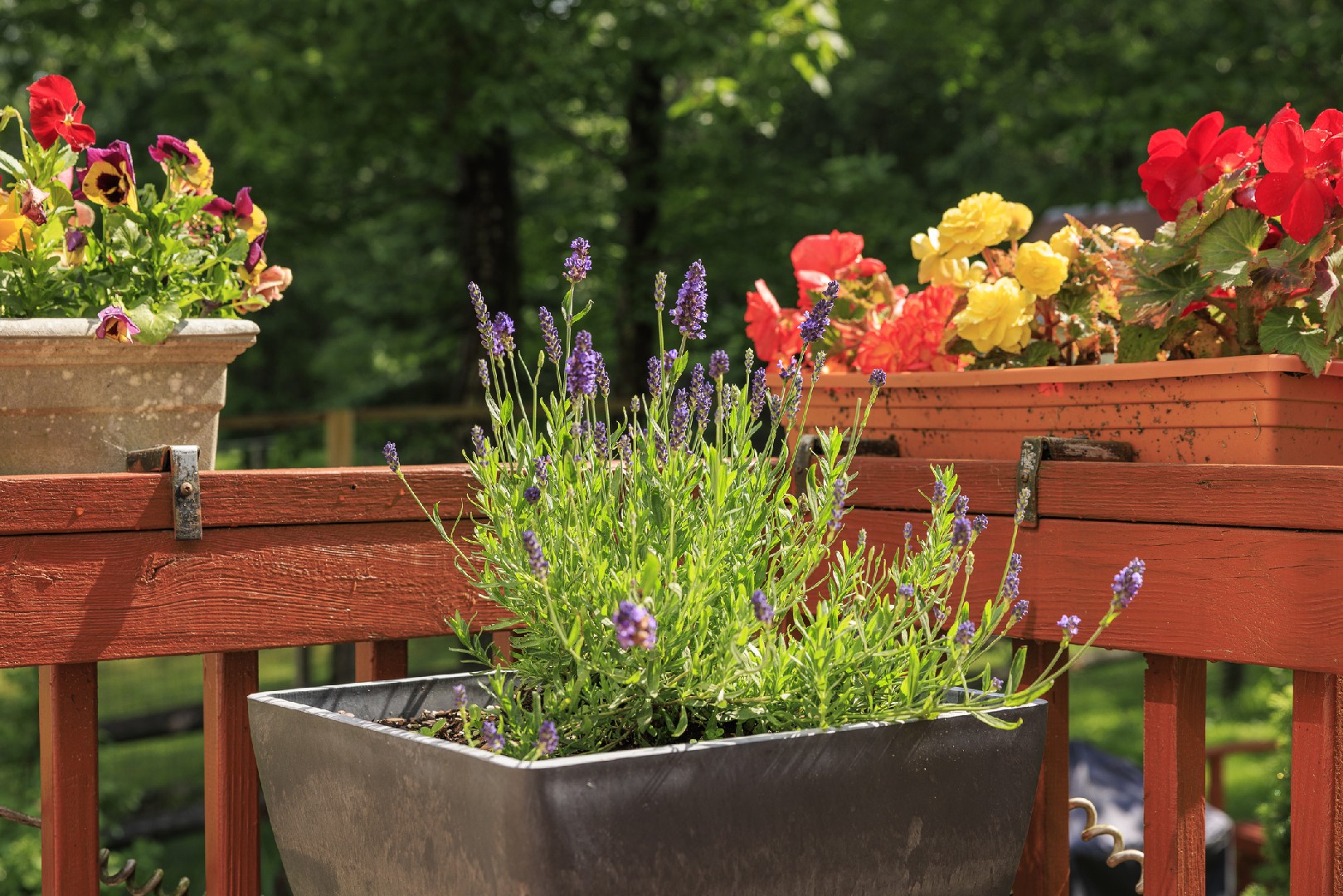![Rectangle]()
Creative Arrangement Strategies
In order to transform your small space into a bountiful container garden, it is important to consider creative arrangement strategies. One popular technique is known as the 'thriller, filler, and spiller' principle. This principle involves selecting plants with different heights and growth habits to create a visually appealing container garden.
The 'thriller' refers to a tall and dramatic plant that serves as the centerpiece of the container. This could be a striking ornamental grass, a towering spiky flower, or a unique vine. The 'filler' refers to medium-sized plants that are planted around the thriller to add bulk and texture. These could be colorful annual flowers, compact vegetables, or foliage plants. Finally, the 'spiller' refers to trailing plants that cascade over the edges of the container, softening its edges and creating a sense of depth. These could be trailing vines, cascading petunias, or draping succulents.
By incorporating the thriller, filler, and spiller elements into your container garden, you can create a visually stunning arrangement that is sure to impress. Experiment with different combinations of plants to find the perfect balance of height, color, and texture.
Another strategy for maximizing sunlight exposure in a small space is vertical gardening. Vertical gardening involves growing plants on vertical surfaces such as walls, fences, or trellises. This technique not only saves space but also allows sunlight to reach more plants at different heights. You can create a vertical garden by using hanging planters, wall-mounted planters, or even repurposing old pallets.
When designing your vertical garden, consider the sunlight requirements of your plants. Place sun-loving plants towards the top where they will receive the most sunlight, while shade-tolerant plants can be positioned lower down. This arrangement will ensure that each plant receives the appropriate amount of sunlight for optimal growth.
In addition to creative arrangement strategies, it is important to maintain easy access to all plants for care and harvesting. This can be achieved by organizing your containers in a way that allows you to easily reach all plants. Avoid overcrowding your containers and leave enough space between them for easy maneuvering.
Consider placing containers on wheels or using lightweight containers that can be easily moved. This will allow you to rotate your containers for even sunlight exposure and access all plants without straining or damaging them.
By employing these creative arrangement strategies and ensuring easy access to all plants, you can transform your small space into a bountiful container garden. Whether you have a balcony, a small patio, or even just a windowsill, you can create a vibrant and productive garden that brings joy and nourishment to your life. So go ahead, get creative, and start growing!





